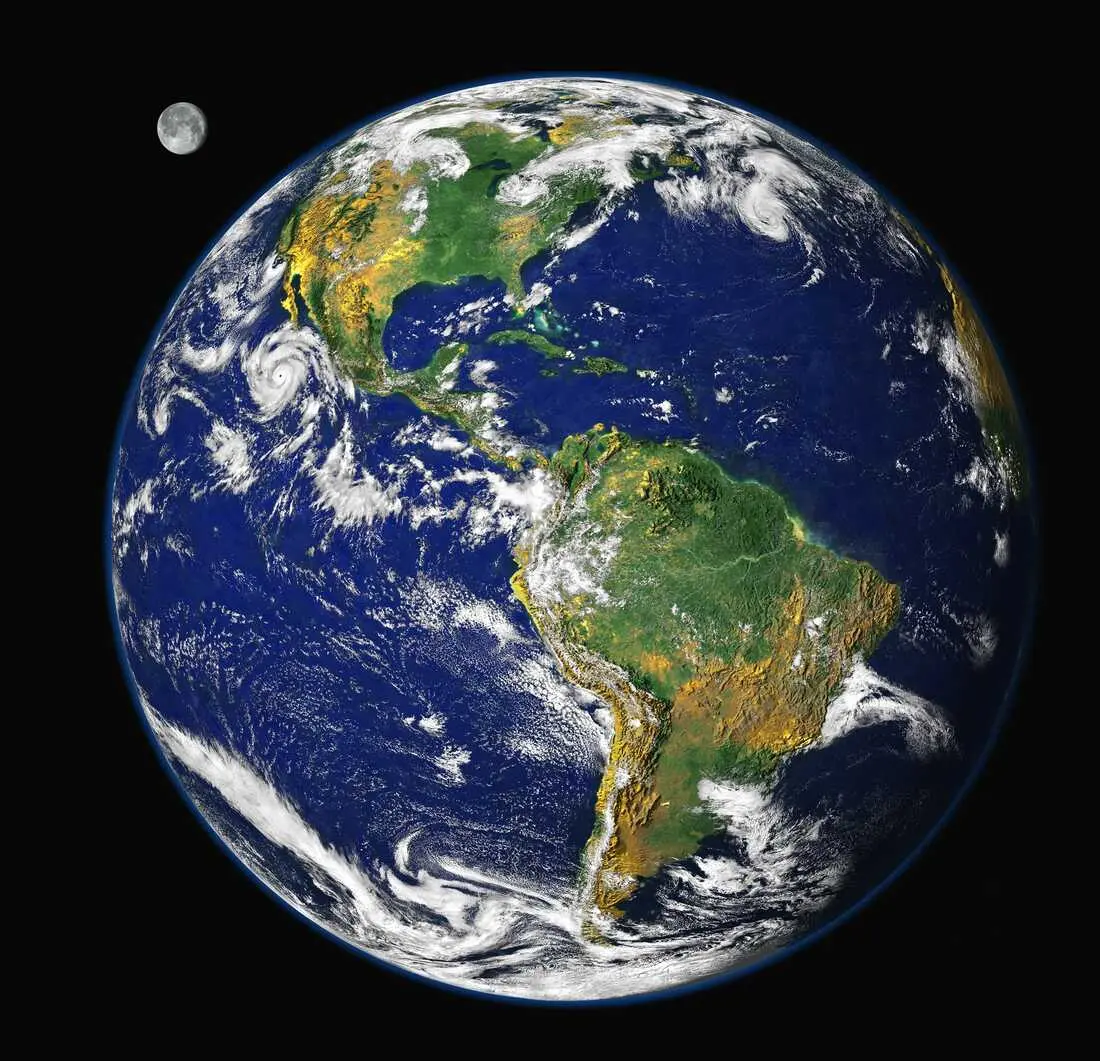OK, I hope my question doesn’t get misunderstood, I can see how that could happen.
Just a product of overthinking.
Idea is that we can live fairly easily even with some diseases/disorders which could be-life threatening. Many of these are hereditary.
Since modern medicine increases our survival capabilities, the “weaker” individuals can also survive and have offsprings that could potentially inherit these weaknesses, and as this continues it could perhaps leave nearly all people suffering from such conditions further into future.
Does that sound like a realistic scenario? (Assuming we don’t destroy ourselves along with the environment first…)


Oh boy, a population genetics question in the wild.
In technical terms what you are asking is:
When a selection pressure is removed for a deleterious allele, what happens to the allelic frequency on the population?
The answer: they remain stable in the population, unchanging from when the selection pressure was removed. Every generation will have the same ratio of affected individuals as the previous one
Look up Hardy-Weinberg Equilibrium for more info.
Well that’s interesting, thanks!
Hardy-Weinberg isn’t appropriate here. If all alleles were neutral, they’d get slowly lost or move toward fixation at a rate proportional to the mutation rate by genetic drift. In the absence of negative selection, new variants that are deleterious without modern medicine would do a random walk in allele frequency, meaning some would become prevalent. But the population is so large they would take far too long to be completely fixed.
Hardy-Weinberg is a model that makes by true assumptions (like zero mutation rate and infinite, isolated populations).
You seem to be lost in the weeds a bit. Of course hardy-weinberg is a model that never exists in reality. It’s a good method to explain the importance of selection pressure on populations.
Without an active selection agent on the allele, it’s frequency in the population remains the same.
Now in reality there is no such thing as zero selection pressure on any allele. Having a deleterious or advantageous allele 49.99cM away exerts selection pressure.
However allelic frequencies without a strong selection acting on them remain relatively stable.
You’re not understanding. Without selection, real populations would have changing allele frequencies. They would not stay static. That’s because random sampling exists, but only outside of the H-W model.
Random sampling has a significant effect when the population size is smaller. Say less than 10,000 individuals.
It has very little effect as the population size increases to say something a little more than 8,000,000,000 individuals.